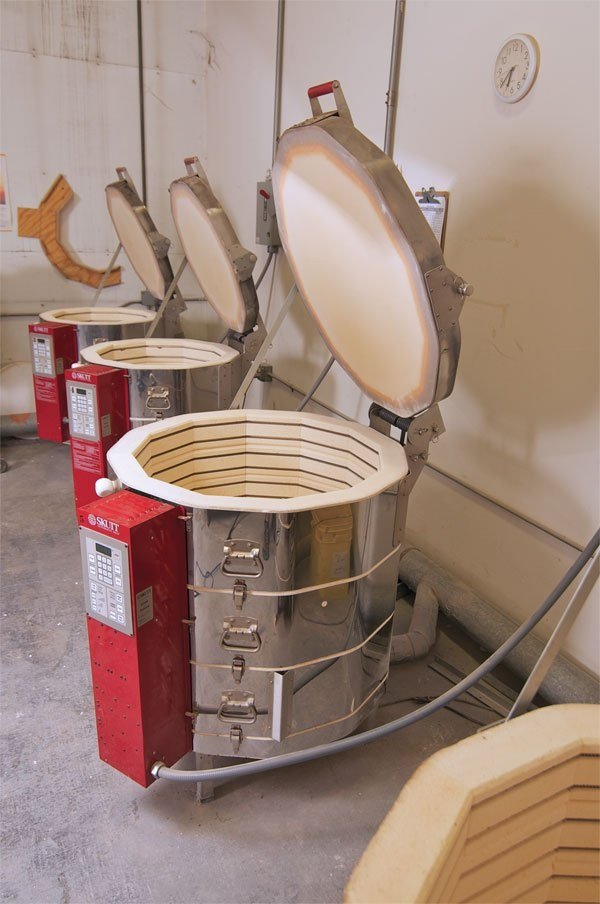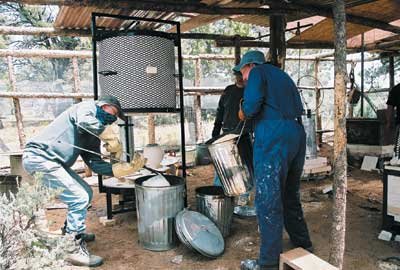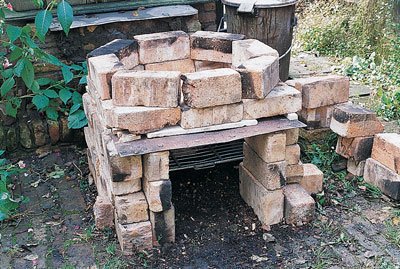All About Kiln Temperatures
As someone who has spent more time than I care to admit in a cloud of dust, slapping wet clay into shape, I know firsthand just how important firing temperatures are in the art of ceramics. But let's be real, trying to wrap your head around low fire, mid fire, and high fire can be about as much fun as watching a pot dry (pun intended). That's where I come in – in this guide, I'll walk you through each firing temperature and give you a rundown of the kinds of ceramics you can expect from each. Whether you're a total newbie or a seasoned pro, by the time we're done here, you'll have all the knowledge you need to fire up your own kiln or choose the right pottery studio to create some seriously impressive ceramics. So let's get started, shall we?
Low Fire
Low fire refers to firing clay at a relatively low temperature range, usually between 1650°F and 2000°F (899°C and 1093°C). This type of firing is often used for decorative ceramics, such as those made for children, because the glazes tend to be bright and colorful. The main advantage of low fire is that it is a relatively quick and inexpensive firing process. However, low fire ceramics tend to be less durable and more prone to chipping and cracking than ceramics fired at higher temperatures. Often times, Paint Your Own Pottery shops tend to be low fire studios.
Examples of pottery and finished products that can be made using low fire include:
Earthenware pottery, such as terra cotta planters and decorative figurines, that are often glazed with bright colors and patterns.
Decorative tiles that can be used for backsplashes or wall art.
Mid Fire
Mid fire: Mid fire refers to firing clay at a temperature range usually between 2100°F and 2300°F (1149°C and 1260°C). This type of firing is used for a wide range of ceramics, including functional pottery and decorative pieces. The main advantage of mid fire is that it produces ceramics that are more durable and less prone to chipping and cracking than low fire ceramics. However, mid fire can be more difficult and time-consuming than low fire, and it requires a kiln that can reach higher temperatures.
Examples of pottery and finished products that can be made using mid fire include:
Stoneware pottery, such as plates, bowls, and mugs, that are often glazed with natural colors and textures.
Decorative sculptures and vases that can be used as home decor.
High Fire
High fire: High fire refers to firing clay at a temperature range usually between 2300°F and 2500°F (1260°C and 1370°C) or higher. This type of firing is used for functional ceramics, such as dinnerware, because the high firing temperature produces a dense, strong, and vitrified (glass-like) surface that is resistant to water absorption and can withstand frequent use. The main advantage of high fire is that it produces the most durable and long-lasting ceramics. However, high fire can be the most difficult and time-consuming firing process, and it requires a kiln that can reach the highest temperatures.
Examples of pottery and finished products that can be made using high fire include:
Porcelain pottery, such as delicate teacups and saucers, that are often left unglazed or glazed with a subtle sheen.
Functional dinnerware, such as plates, bowls, and serving dishes, that can be used for everyday meals or special occasions.
The world of ceramics is full of possibilities, and understanding firing temperatures is an essential part of the creative process. Low, mid, and high fire all have their unique benefits and drawbacks, but each temperature range allows you to experiment and create a variety of beautiful and functional pieces. Whether you're making colorful earthenware pots, sturdy stoneware bowls, or delicate porcelain teacups, the firing temperature you choose will ultimately determine the quality, durability, and aesthetic appeal of your ceramics. So, no matter which firing temperature you choose, whether it's low, mid, or high, remember to have fun, experiment, and let your creativity shine in the kiln! Happy firing!
Kiln Lingo
Pyrometric Cones: devices (pieces of ceramic) that help you gauge temperature. They show whether a kiln has reached sufficient temperature by bending and deforming at specific temperatures. These cones help potters ensure that the kiln reaches and maintains the correct temperature for firing their pottery.
Greenware: pottery that has been shaped but not yet fired, particularly during the drying stage before it is ready to be fired.
Bisqueware: pottery that has been fired once and has no chemically bonded water left in the clay. The bisqueware stage takes place after the shaping process stage and before the glaze firing.
Glazeware: a ceramic piece with glaze applied and has gone through the second firing process.



